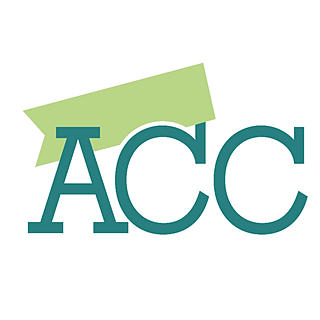Five Obstacles To Growth And How Businesses Can Overcome Them
- Arizona Contractor & Community
- Nov 11, 2022
- 4 min read
By Kirk W. McLaren
With 2023 fast approaching, it could be time for business owners and CEOs to decide whether to accelerate the growth plans for their businesses in the coming year.

Growth doesn’t just happen, though, and ambitious businesses typically face five obstacles that can thwart their efforts: winning new customers, keeping existing customers, gaining access to capital, overcoming low financial performance, and having the right people and capacity to deliver.
All five of those obstacles are connected, and the two involving customers are especially intertwined.
Winning new customers. There are effective ways to attract new customers and not-so-effective ways. Unfortunately, businesses often pour time and resources into things that have little value, so scrutinize efforts carefully to see if they are paying off. Let me give you one example: My firm once analyzed an inside-sales call center to see how efficient it was at getting new customers on board, as opposed to allowing customers to sign-up themselves online. What we discovered was that the additional step of calling someone was a deterrent. Because of this finding, the company improved its web-based technology, making it even more efficient for customers to sign-up themselves.
Keeping existing customers. Although businesses need to bring in new customers to grow, they can risk alienating their most loyal customers if they take them for granted. This is where the 80/20 rule could help. That rule essentially states that 80 percent of a company’s revenue comes from 20 percent of its customers. It’s critical to identify those 20 percent and focus retention efforts there because not all revenue or all customers are equally worth chasing.
Proactively gaining access to working capital. Dealing with increased demand brought on by growth often requires gaining access to working capital. This is where positive cash flow can be crucial. The better a company’s financial picture, the more likely a lender is to evaluate it favorably. But how does a business that’s on wobbly financial ground establish positive cash flow? A good first step is making a 12-week cash forecast, listing every payment that’s expected to come in and go out. If more is going out than is coming in, then it’s time to take action. One option might be to put off taking on new expenses. Another could be to control the payment of invoices; that is, where possible, delay paying bills until closer to their due date – or as long as possible. If a business can find ways to tweak cash flow, it also may be able to avoid borrowing money or at least borrow less. When cash gaps are forecasted, the best practice is to proactively source lines of credit, term loans, and/or investment funding.
Overcoming low financial performance. Many CEOs tend to focus on topline revenue and fail to pay sufficient attention to net profit or loss. In a way, who can blame them? It’s easy to get excited by soaring sales numbers, but that joy isn’t justified if expenses are soaring even more. Clarity about financial performance is always important strategically, and this is especially so when a CEO is seeking a bank loan, doing succession planning, or considering a merger or acquisition from the buyer side. One way to measure whether a business is performing well is to compare it to others in its industry using benchmarks. Are sales weak for everyone right now, or is this particular business an outlier?
Having the right people and capacity. As a business increases its customer base, it faces a new challenge: Does it have the staff and the capacity to serve everyone well? After all, it does little good to snag new contracts if the workload is more than the team and equipment can handle. Unfortunately, many businesses fail to make wise decisions on managing capacity. The data and analysis that could help the CEO forecast demand are either nonexistent, erroneous, delayed, or lost in the daily whirlwind. It’s important to have a good handle on capacity so that the business can plan what staffing, equipment, software, vehicles or other resources will be needed. Without the proper planning of a forward-thinking chief financial officer, the CEO, key employees and everyone else could become overwhelmed.
Although these obstacles are not insurmountable either individually or as a group, businesses intent on growing in 2023 should start working now to overcome them so that nothing impedes them from achieving their ambitious goals.
About Kirk W. McLaren
Kirk W. McLaren, author of The Growth CFO Void: The Guide to What’s Holding You Back From Being a 2% CEO, is the CEO of Foresight CFO and a graduate studies lecturer at Georgetown University School of Continuing Studies. Kirk’s team at Foresight CFO develops selected financial talent into Growth CFOs who work side by side with CEOs across the full business journey, from foundation to succession options. Kirk and his wife, Nayarit, have two sons. He served in the U.S. Army as a behavioral scientist during the first Gulf War. Kirk holds an MBA with a finance and accounting concentration, an MA in international relations and economics from Johns Hopkins SAIS, a graduate certificate in international business from Georgetown University, and a BS from the University of Maryland University College. Kirk is a licensed certified public accountant (CPA) and a certified treasury professional (CTP). He also earned his impact financial management (IFM) certification.








Comments